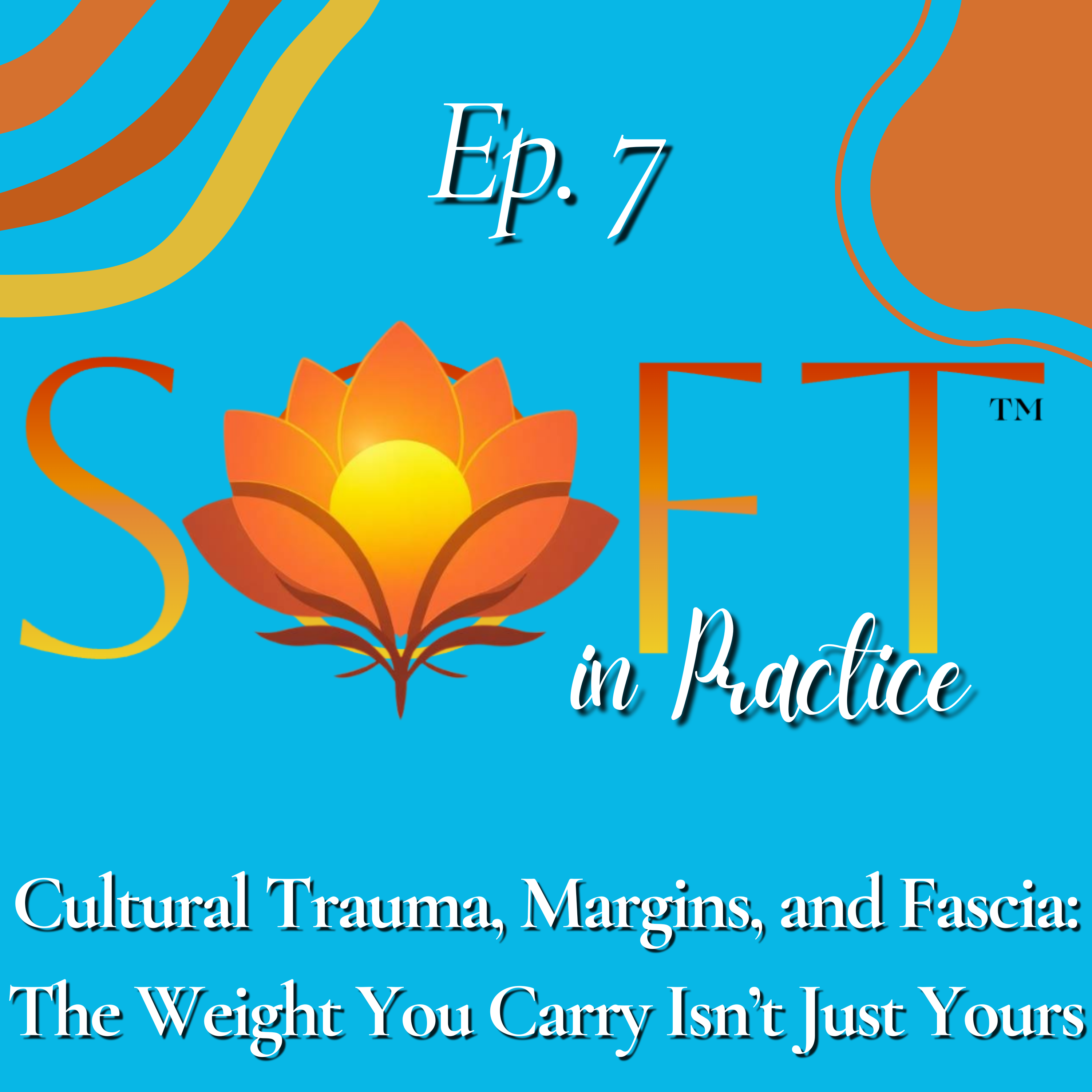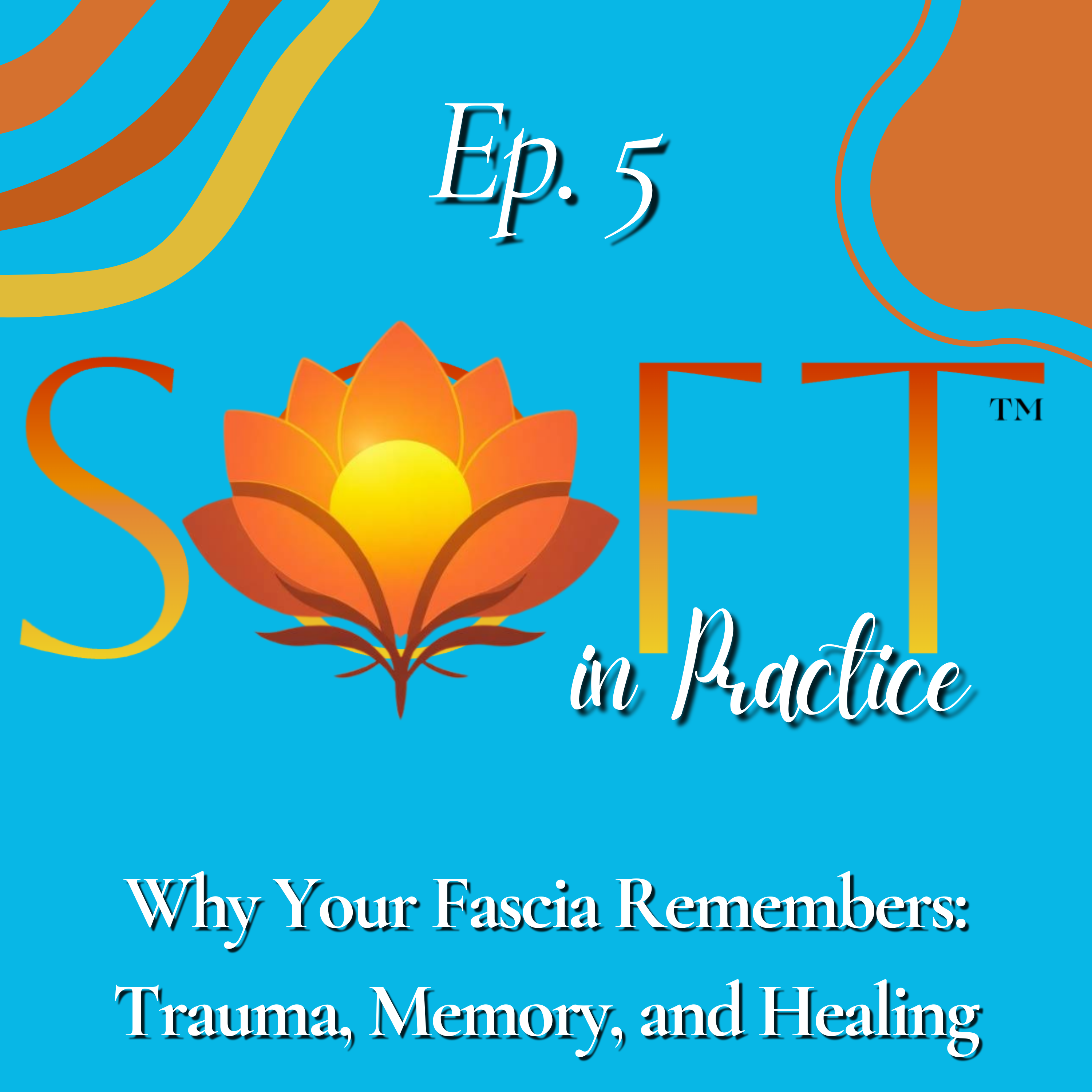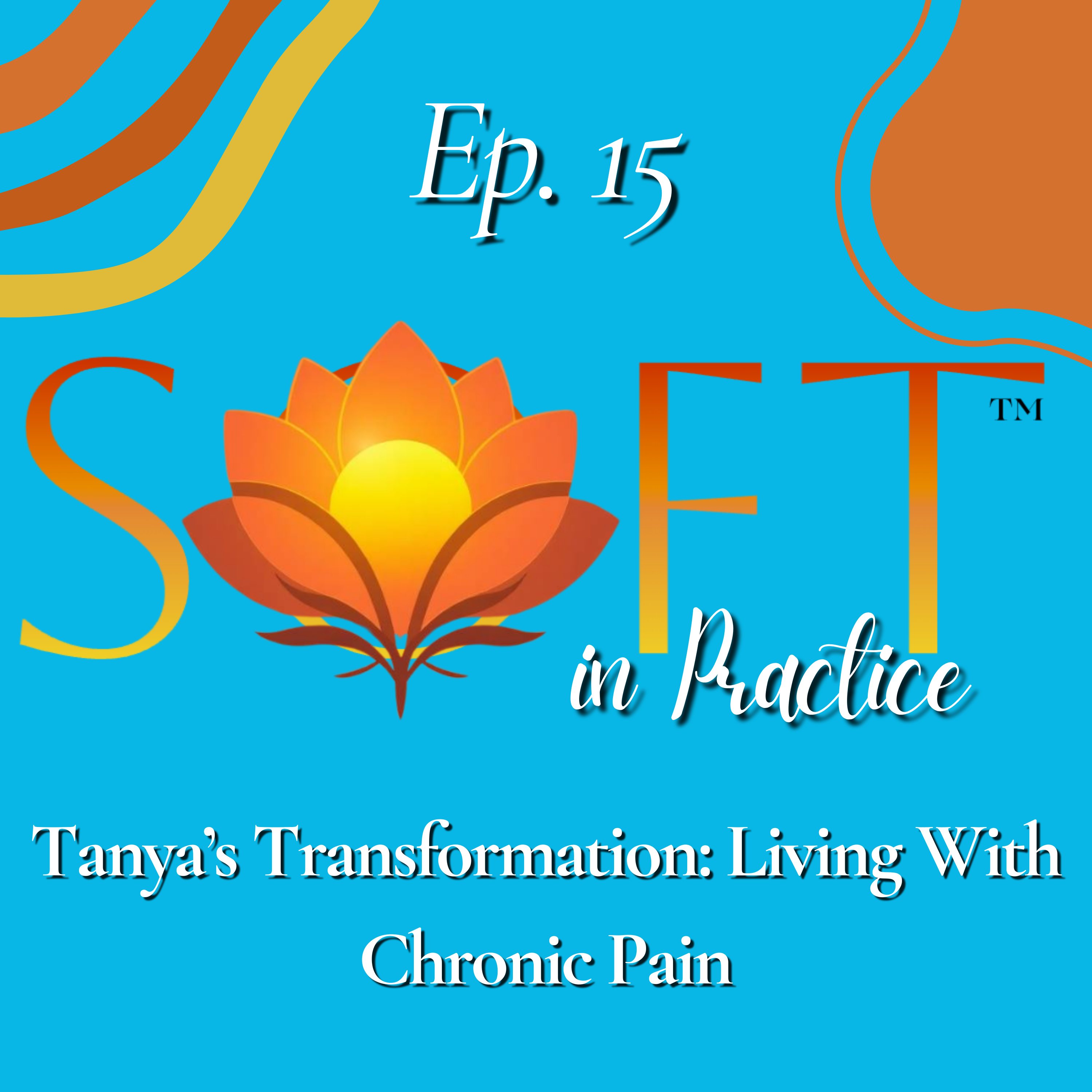Episode Transcript
Healing does not happen in a vacuum.
Culture, community, and history all shape the way your body feels and responds.
For many people, trauma is not only personal.
It is also cultural, collective, and sometimes even passed down through generations.
The body’s fascia responds to more than just individual events.
Systemic oppression, racism, ableism, homophobia, transphobia, and other forms of marginalization create chronic stress and tension.
These experiences can become “armor” in your tissue, even if you cannot name the exact source.
You might feel this as a constant sense of bracing, hypervigilance, numbness, or pain in certain areas.
Living in a world that does not always feel safe or affirming can make your body hold tension for years.
This is not a personal flaw.
It is a sign of your body’s intelligence and adaptation.
SOFT recognizes that healing must take culture, identity, and systemic context into account.
The approach honors not just your individual story, but also the larger stories that shape your experience.
Here is an example.
Someone grows up in a community where certain identities are not accepted.
They feel pressure to hide or mask who they are.
Over time, their body develops patterns of tension in the chest, jaw, or pelvis.
Even after finding safer spaces, these patterns can remain.
Through SOFT, these physical patterns are seen as protective responses—not just symptoms.
Healing begins by acknowledging both personal and cultural sources of tension.
A gentle practice can help you notice where cultural or collective experiences may live in your body.
Sit quietly and ask yourself, “Where do I feel the weight of the world?”
Notice any sensations, tightness, or numbness.
Place a hand over that area and simply acknowledge what is present.
You do not have to change it.
Just notice, and honor the story it holds.
Over time, this practice can help your fascia release layers of tension shaped by culture, history, or community.
SOFT reminds us that healing is not only about individual work.
It is about reclaiming your body from all the messages, pressures, and stories that never belonged to you.
By honoring the weight you carry, you make space for your body to find new possibilities for rest, connection, and freedom.



